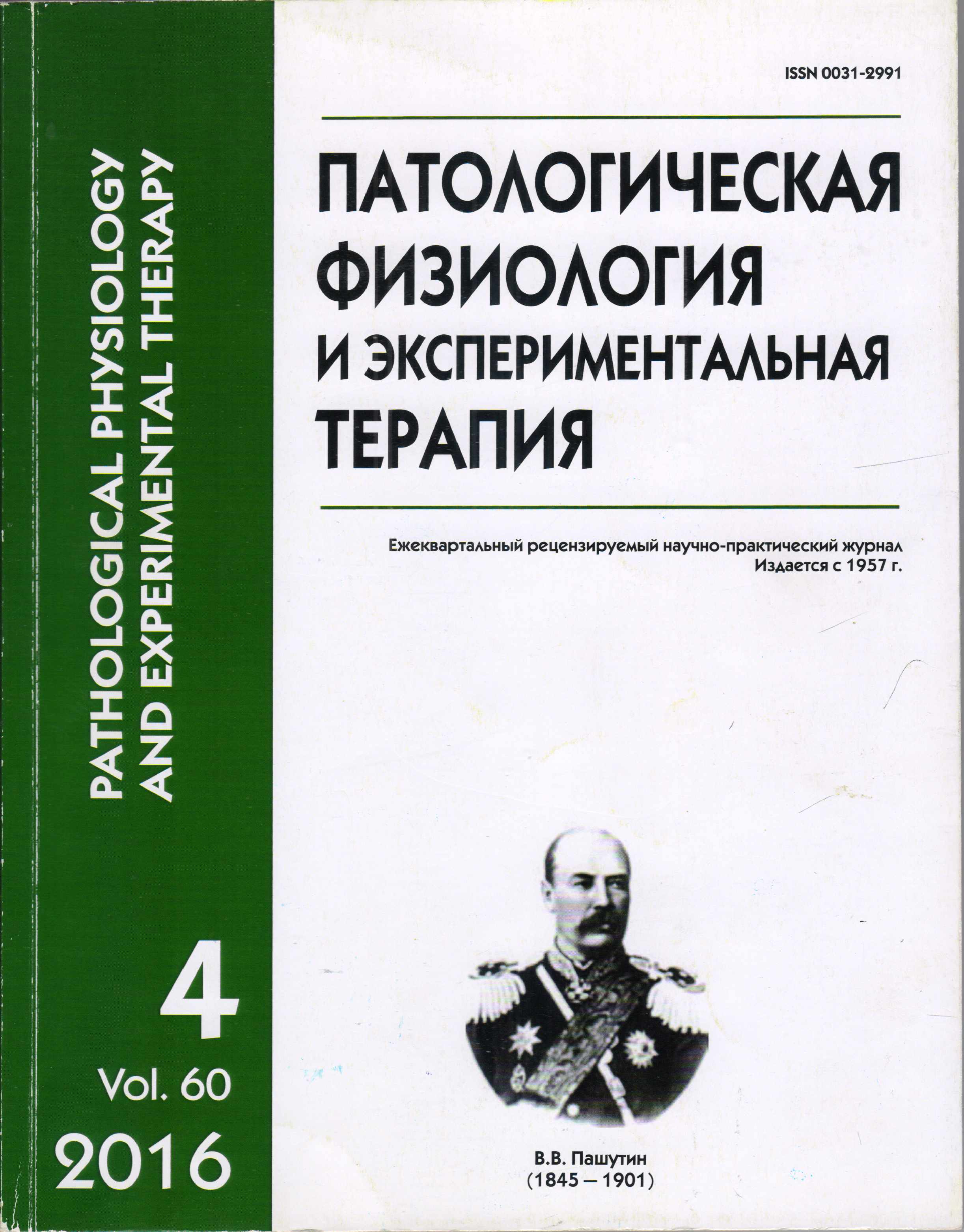Влияние адипогенной диеты в раннем возрасте на содержание микроэлементов в тканях крыс
Аннотация
Цель – изучение влияния высокожировой диеты на микроэлементный статус, уровень адипокинов и некоторые показатели углеводного и липидного обмена у молодых крыс линии Вистар. Методика. Исследовано 2 группы молодых самцов крыс Вистар (20 особей, возраст 1 мес): 1-я гр. Получала 1 мес стандартную диету (СТД), 2-я – высокожировую диету (ВЖД). Определяли микроэлементный статус (с использованием масс-спектрометрии с индуктивно связанной плазмой), уровень адипокинов (инсулина, лептина и адипонектина) (методом иммуноферментного анализа), общего холестерола (ОХ), триацилглицеридов (ТАГ), холестерола липопротеинов низкой плотности (ХС-ЛПНП), холестерола липопротеинов высокой плотности (ХС-ЛПВП), глюкозы (спектрофотометрически); аполипопротеинов A1 (AпоA1) и B (АпоВ) (иммунотурбидиметрическим методом) в сыворотке. Результаты. Показано, что содержание животных в течение 1 мес на ВЖД приводит к увеличению эпидидимальной, ретроперитонеальной и общей массы жировой ткани, площади адипоцитов, а также статистически значимому повышению уровня сывороточного лептина и соотношения лептин/адипонектин. Статистически значимых изменений показателей липидного спектра крови, адипонектина, аполипопротеинов, глюкозы, инсулина и индекса HOMA-IR под влиянием ВЖД выявлено не было. Анализ МЭ статуса животных позволил выявить существенное снижение под влиянием ВЖД уровня Cu, I, Mn, Se и Zn в печени, Cr, V, Co, Cu, Fe и I в эпидидимальной и Co, Cu, I, Cr, V, Fe и Zn в ретроперитонеальной жировой ткани, В опытной группе животных также было обнаружено увеличение содержания Co, Mn, Si и V и снижение Se и I в шерсти по сравнению с контрольными значениями. При этом в сыворотке животных, содержащихся на ВЖД, было выявлено снижение только Cu. Заключение. Можно сделать вывод о взаимосвязи выявленных нарушений микроэлементного баланса у молодых крыс, находящихся на ВЖД с повышенным отложением жира и развитием дисбаланса адипокинов. Предполагается, что изменения микроэлементного статуса являются первичными и предшествуют другим нарушениям метаболизма, вызванными ожирением.













